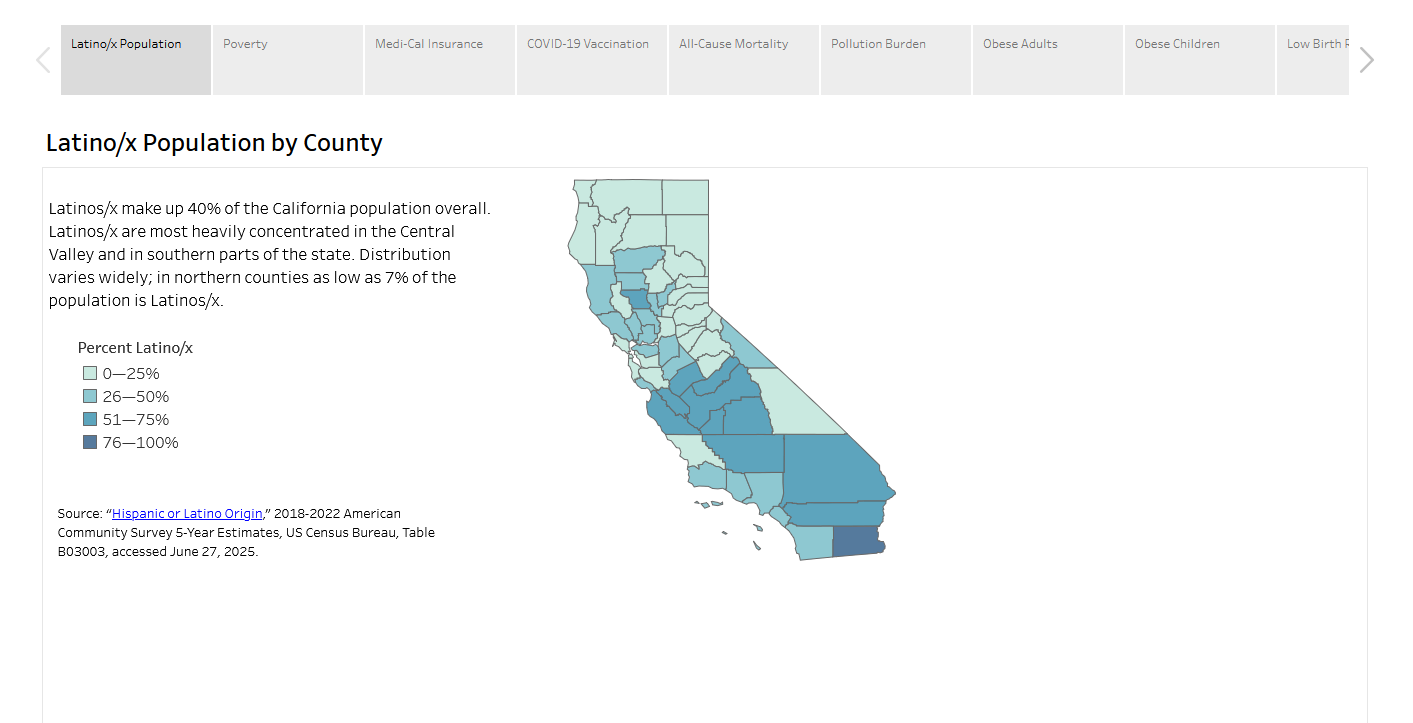Three full years since the start of the COVID-19 pandemic, California hospitals report persistent operational challenges and financial headwinds, including higher underlying staffing and supply costs, longer lengths of stay and lack of adequate discharge locations for postacute patients, and the end of federal pandemic-era subsidies. Some stakeholders predict a wave of hospital bankruptcies without more public funding.
This Issue Brief updates earlier estimates of utilization, costs, and revenue in California hospitals. The analysis is primarily based on utilization and financial data covering calendar years 2019 through 2022 for 348 acute care hospitals that represent about 80% of hospital capacity in the state.
This analysis paints a nuanced and rapidly changing portrait of the operations and financial health of California hospitals during that period. Key findings include:
- Total hospital volume rebounded, average length of stay increased. Total hospital volume (outpatient visits including emergency department visits plus inpatient days) rebounded to prepandemic levels by Q2 of 2021 and now exceeds 2019 levels by 6%. This increase is largely explained by a longer average length of stay for patients receiving inpatient services and the return of outpatient visit volume to prepandemic levels.
- Revenue: Net patient revenue increased while other sources of revenue were variable. Total net patient revenue (total revenue collected minus any contractual adjustments) from all lines of business and payers was 1% higher than prepandemic levels in 2020, 12% higher in 2021, and 18% higher in 2022. Nonoperating revenue, which includes outside investment income (e.g., financial market returns), is an increasingly important source of financial stabilization for many hospitals. It grew markedly in 2020 and 2021 before declining sharply in the first three quarters of 2022.
- Expenses increased rapidly through 2020 before stabilizing. Operating expense per adjusted day increased rapidly early in the pandemic, from $4,056 in the first quarter of 2019 to almost $4,800 in the first quarter of 2021 (an increase of 18%). Notably, operating expenses per adjusted day began to stabilize after that, but remained roughly 13% higher than before the pandemic.
- The bottom line: Total margins eroded in 2022 after significant profitability in 2021. Taken together, hospitals reported total net income of $5.2 billion in 2020, around half the net income of the previous year. That figure grew to $9.2 billion in 2021, still slightly less than before the pandemic. The data reveal a sudden and sharp decline to $207 million in net income in 2022.
- Within this broader decline in profitability, a subset of hospitals experienced very heavy losses. But these hospitals defy easy categorization. Hospitals in the bottom quartile of financial performance had total margins averaging −8% in the fourth quarter of 2022. These hospitals varied substantially based on size, geographic area, and patient population. Notably, they were not necessarily more dependent on Medi-Cal or Medicare volume than the average California hospital.
The authors conclude that while many of California’s hospitals appear to have come through the most acute phases of the COVID-19 pandemic on sound financial footing, significant and fundamental challenges persist. As policymakers seek to ensure access to care in all communities, they must confront the long-term sustainability of the underlying business model for hospital-based services in various parts of the state as well as the need for investments in alternative, non-hospital-based services in different communities. Given the centrality of human resources and personnel in underlying expenses, it’s also critical to expand the pipeline of health workers to address California’s health workforce shortage.
Authors & Contributors

Glenn Melnick
Glenn Melnick, PhD, is an expert in health economics and finance. He joined the USC Price School of Public Policy faculty in 1996 and currently holds the Blue Cross of California Chair in Health Care Finance. Previously, he served as a faculty member of the UCLA School of Public Health, a consultant at RAND, and an expert witness for the Federal Trade Commission. He has been published in American Journal of Public Health; Health Affairs; Medical Care; Journal of Health Politics, Policy and Law; Health Policy Reform: Competition and Controls; and the Journal of Ambulatory Care Management. He has also been principal investigator for a number of funded projects in Jakarta, Indonesia, and in Taiwan.

Susan Maerki
Susan Maerki, MHSA, MAE, is an independent consultant. Previously, Maerki was a director and health policy specialist at PricewaterhouseCoopers (PwC) where her clients included state Medicaid agencies, health care foundations, health care professional organizations, commercial insurers, and state policy agencies, such as state departments of insurance and Covered California, the individual health benefit exchange.





